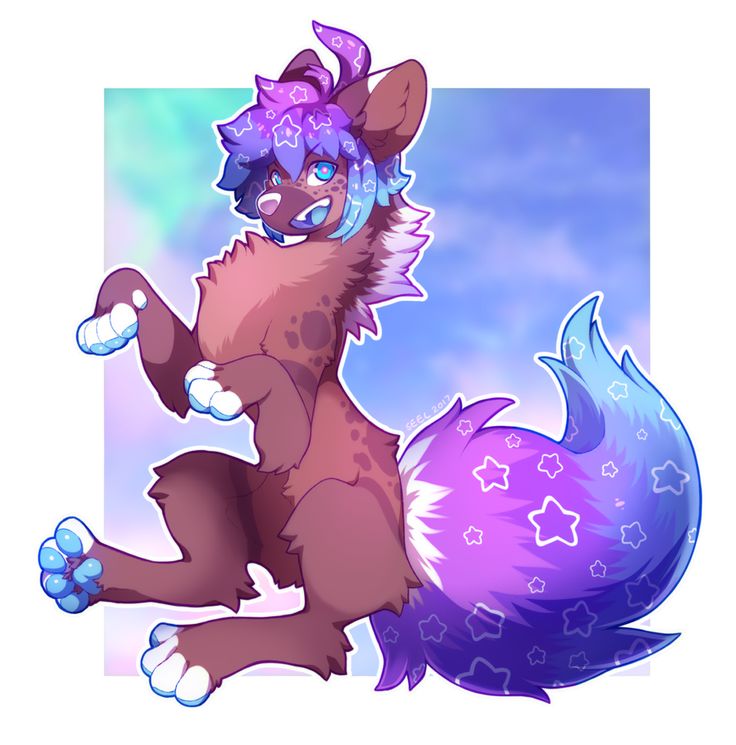
What Is A Furry Species?
If you’ve been a part of the furry fandom for a while or even just joining, you’ve probably noticed a lot of fursonas. Because a fursona is basically just a cartoon animal, it has to have a species, and if you’re extra observant you’ve probably noticed that some appear more than others. There’s of course the bog standard wolves, cats, dogs etc. but this post is going to give the spotlight to the less popular ones for a change. Most of the data from the list was gathered from here, read that if you want to find out more about furry species.
What’s The Difference Between A Breed And A Species?
A species is much more of a blanket term for a type of animal. For example, the squirrel species has thousands of breeds like Flying Squirrels, Red Squirrels, Gray Squirrels, but when we are unsure of the breed, or simply haven’t decided yet, we use the species name squirrel. We’d be here all day if we were to count down every breed of every species even if it was just the 10 most uncommon fursonas.
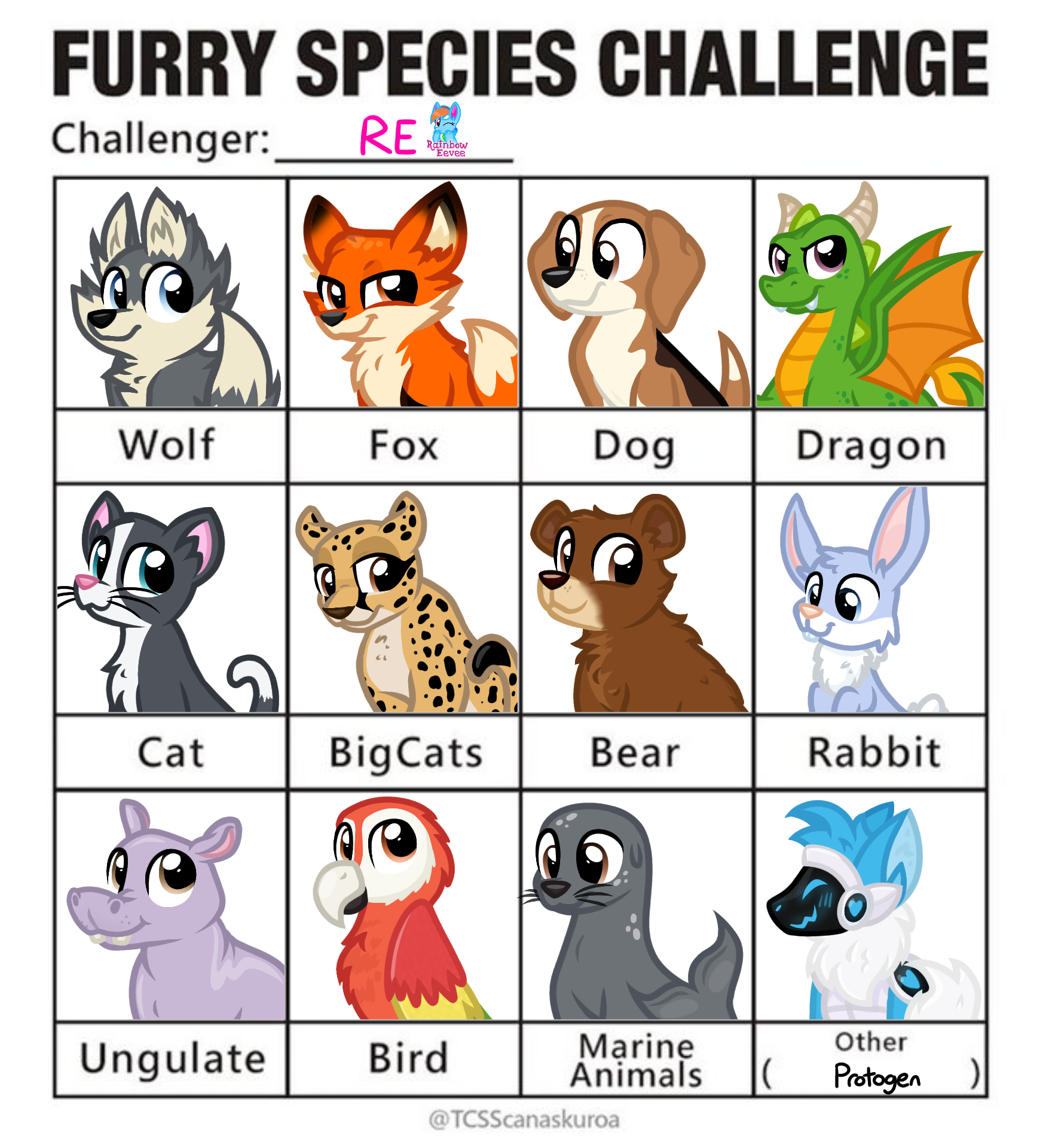
Just a few of the furry species available.
Image by Weasyl via Weasyl
How Do I Decide On A Fursona Species?
Deciding on a fursona species can be hard. It’s the baseline of your fursona, the fundamental characteristic of it. So how can you make such a pivotal decision without consideration of every species out there? What if you missed one you liked? It’s easy to get bogged down on these details so we’re here to help.
If it’s individuality or uniqueness you’re looking for, then this list should be of great assistance. With so many fursonas out there, people often struggle to find complete originality in their work, not that there’s anything wrong with your work not being completely original. However, a good place to start is to pick a species that is already not used often, this way, no matter what direction the design of your fursona goes, you can ensure a level of distinctiveness in it.
On the other hand, it’s also good to pick a species that you feel suits your fursona’s personality. There’s no point being all pizazz if you aren’t even happy with your choice of species. It’s better to prioritize the longevity of your fursona than how different it is. To combat this, many people use hybrid species, combining the characteristics of two species into one to make an entirely new species. In fact, hybrid species are one of the most used furry species in the world. Now without further ado, let’s get into the list.
Now let’s get into this list!
#10. Bear:
Despite being on the list of most uncommon species, this entry on this list is not a completely under-represented species in the furry community. Brother Bear and The Jungle Book both demonstrate perfectly why bear fursonas are underrated. They can be fun, bubbly and have a clear sense of duty to care for their own. Plus, there’s huge variety in what classifies as a bear. If Cartoon Network’s We Bare Bears is evidence of anything, it’s that Bears come in all different shapes and sizes. Polar Bears, Panda Bears, Grizzly Bears, Sunbears, Black Bears, Brown Bears, the list just goes on and on.
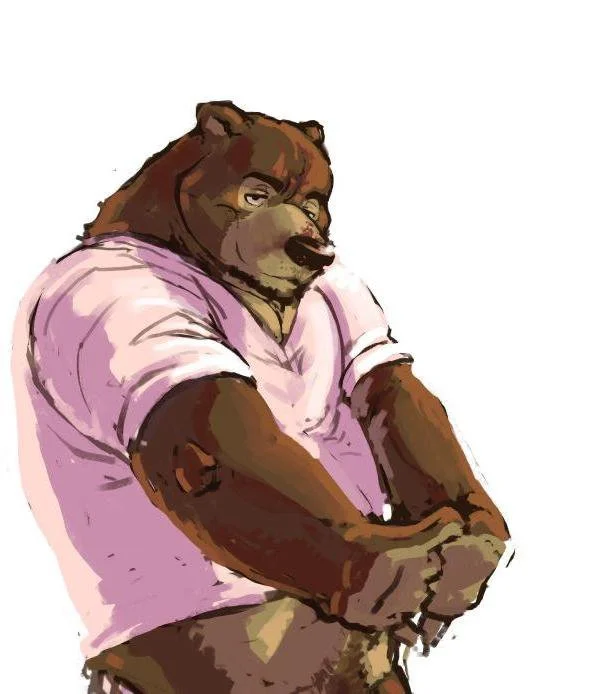
Bear Fursona
Illustration by evilsibe via Reddit
#9. Horse
Although Bojack Horseman’s depiction of a nihilistic, drug-addicted narcissist may be a tad hyperbolic and not really a representation of every furry with a horse fursona, it’s a great example of the appeal of horse fursonas. Making up less than 2% of most fursona species in the world, horses are typically majestic animals. Horses breeds like stallions are typically a symbol of courage and freedom, an embodiment of grace. Probably the best example of this however is the MLP (My Little Pony) fandom who have now flooded the furry fandom, proving that horses can be loved.
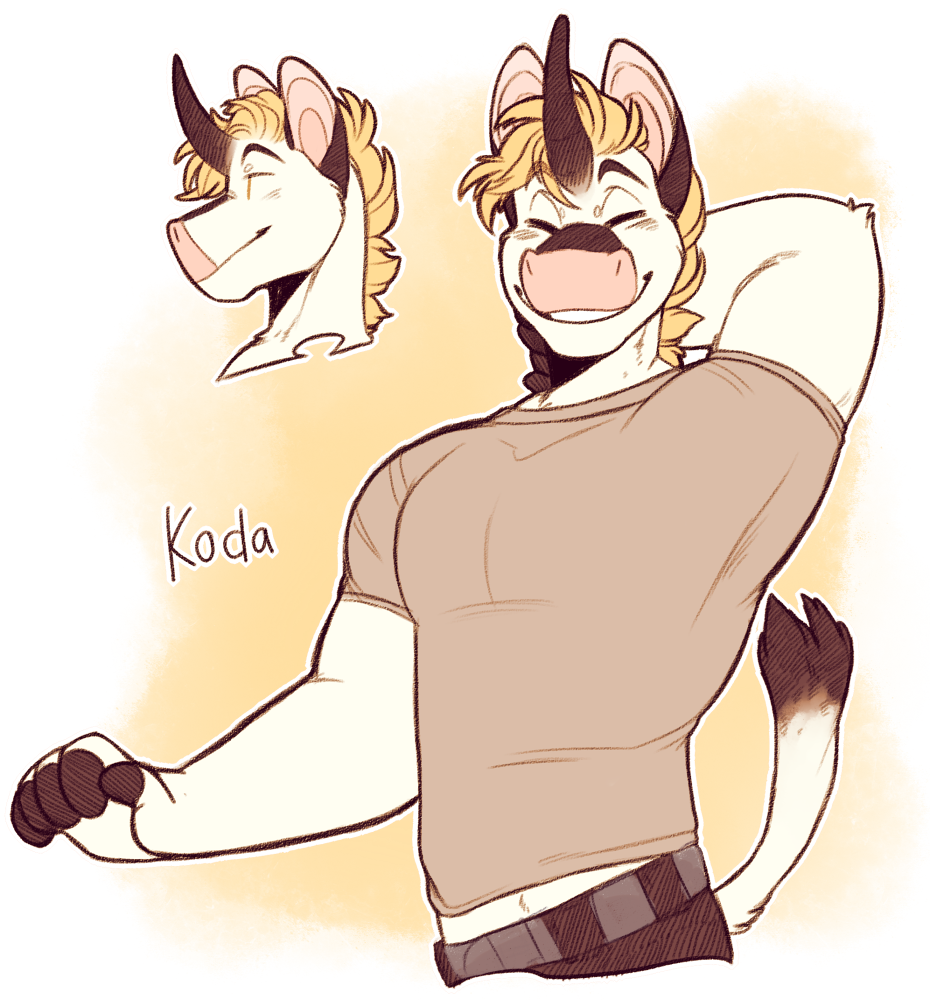
Horse Fursona
Illustration by David Ruggieri via Pinterest
#8. Hyenas
Seeing its first notable, animated debut in The Lion King, hyenas have a tendency to be a representation of excitability and unpredictability. A common misconception that they are related to dogs in some way, however, they branched from the evolutionary tree over 7 million years ago. They are clearly a sociable and playful bunch, much like dogs, given that most hyenas operate in clans, but are less endearing than dogs, showing a more manipulative side at times. They are of course known for their iconic cackling laugh which can be a signal of distress, fear, or excitement.
Making up just over 1% of fursonas, some furry artists like ThiccHyena on DeviantArt, gives the hyena community a bit more spotlight.
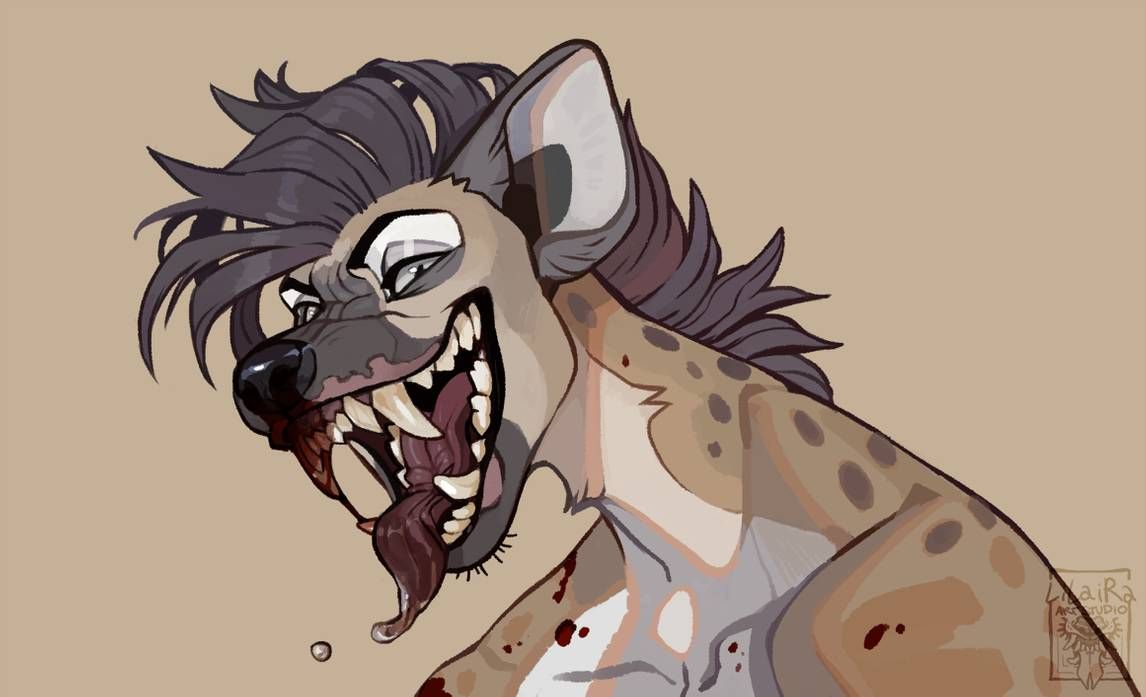
Hyena Fursona
Illustration by LiLaiRa via Pinterest
#7. Skunks
Okay, so they smell a little bit… Well actually, they don’t. For the most part skunks smelling is just a stereotype because of their spraying defense mechanism, which I’ll admit, probably smells pretty bad. So, when Looney Tunes’ Pepe Le Pew makes the other characters turn green with nausea, just know, it’s all a hoax. However, most skunk fursonas will come in counter-shaded colors like black and white, brown and white, cream and black which are all examples of aposematism, or in Layman’s terms, warning coloration. Often the color palettes of skunks pop so much because it is nature’s way of saying “hey, if you mess with this guy, it’s likely going to end badly for you”. Similar traits can be seen in poison dart frogs or cuttlefish, as it’s not uncommon in the animal kingdom.
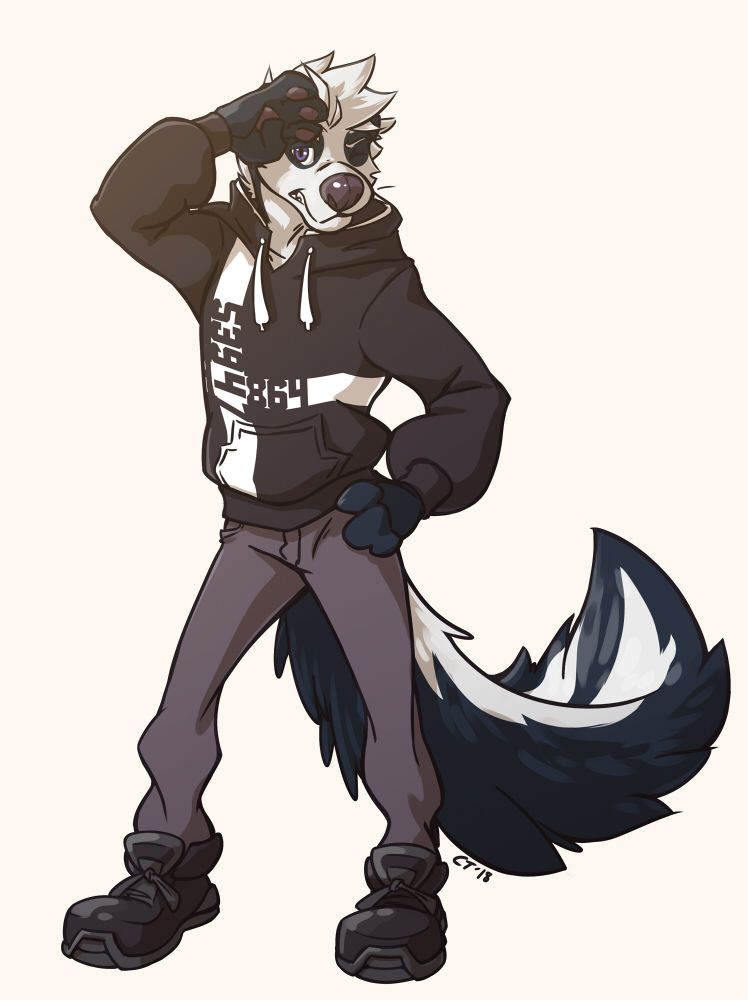
Skunk Fursona
Illustration by Chos via DeviantArt
#6. Marsupials
Marsupials refer to animals like kangaroos, wombats, koalas etc. and probably displays one of the most diverse pools of possible fursonas in this list. While they all do resemble rodent-like qualities, they are vastly different. The main difference is that they are “pouched mammals”, meaning they leave the womb at an embryonic stage and grow within the mother’s pouch for a while. This makes marsupials quite caring and maternal creatures when it comes to the females, but the males on the other hand seem to have more combative tendencies to say the least. Male kangaroos especially, likely because of their ability to bounce on their tail and box, are viewed as more defensive creatures, ready to protect what’s theirs with a good ol’ fashion scrap. I mean, just look at Tekken’s Roger and Roger Jr.
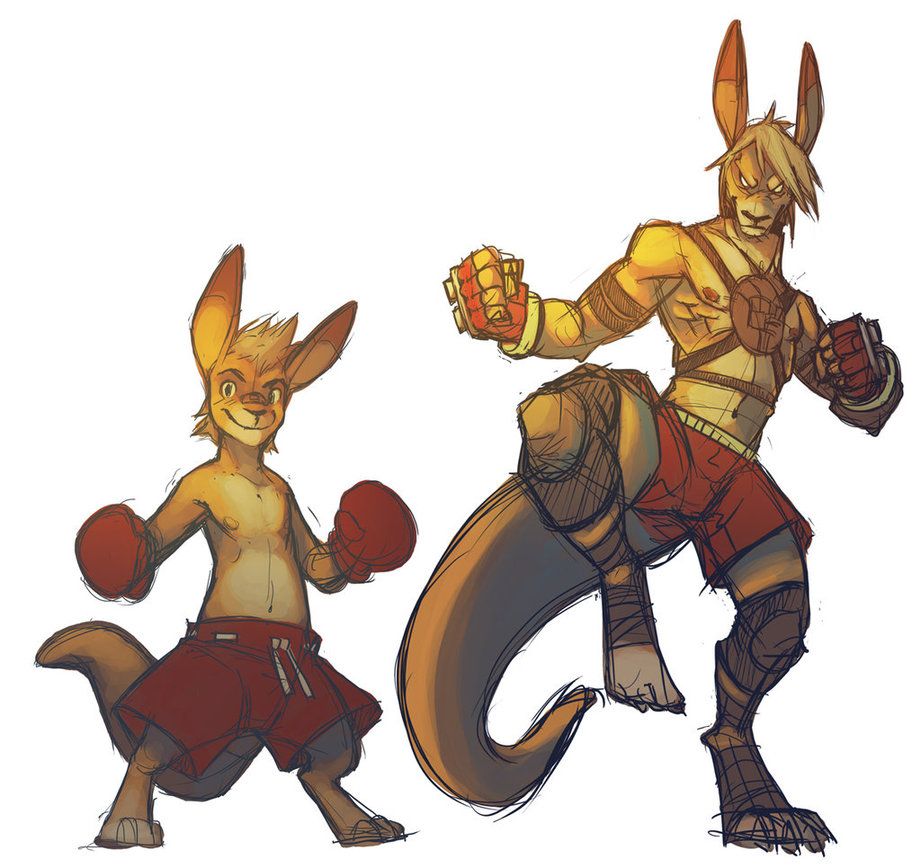
Kangaroo Fursona
Illustration by ben-ben via DeviantArt
#5. Dinosaur
Although they’re quite uncommon, there’s a good chance you’ve seen a dinosaur fursuit. They seem to be more common in the fursuiting community than the furry art community and they might be due to a few things. They likely aren’t used as fursonas very often due to their lack of “furriness” per say. They haven’t got the most lovable faces in the world nor do they have lovable personalities. They’re carnivorous and aggressive, a lot of them don’t work well in groups, it’s just a recipe for disaster. They’re big and scaly and while some artists definitely pull off the cute dinosaur look, it’s much easier to do so with a dog or a cat for example. Even shows like Jim Henson’s Dinosaurs (which, don’t get me wrong, is an amazing show) struggles to make the dinosaurs personable; the puppets come off as slightly unsettling and they slip too easily into the famous uncanny valley.
On the contrary, they have definitely got some things going for them. For one, not all dinosaurs are scaly creatures, in fact, a good portion of them have feathers, it was even recently discovered that the T-Rex had feathers, not scales. Furthermore, because dinosaurs vary so vastly in shape and size, it’s hard to put them in a box, just go on to furaffinity and search “dinosaur furry” and look at the thousands of results.
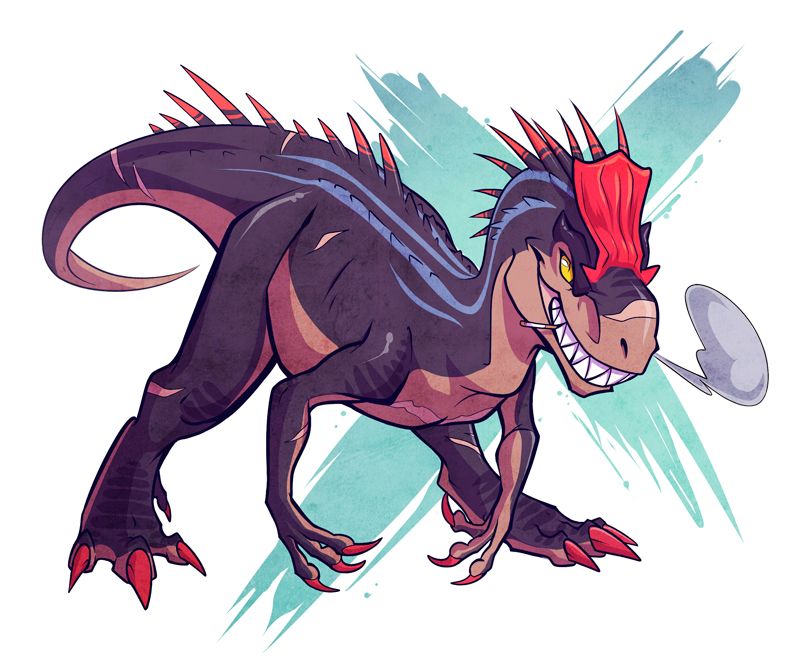
Dinosaur Fursona
Illustration by Squeedgeart via tumblr
#4. Deer
Belonging to the ungulate family (odd-toed, hoofed animals), deers are much more timid animals. They’re not extremely sociable nor are they particularly loud animals. Making their most notable appearance in Disney’s Bambi, deer are extremely alert to danger and typically respond with flight in fight or flight situations.
Their shy behaviour leads many to believe that they are rare animals, when in actuality, they have quite a dense population Almost all male deer (apart from some like water deer) have antlers that are used to battle for mating purposes and despite popular belief, their antlers are not permanent, they shed and regrow every year. Female deer on the other hand, aside from reindeer, do not grow antlers as they rarely have use for them and they can make navigating forestry quite difficult.
Different types of deer vary greatly in size and stature but for the most part resemble each other quite closely. A moose for example, the largest species of deer, can grow to be around 2 meters in height while a roe deer typically doesn’t get taller than 75 cm.
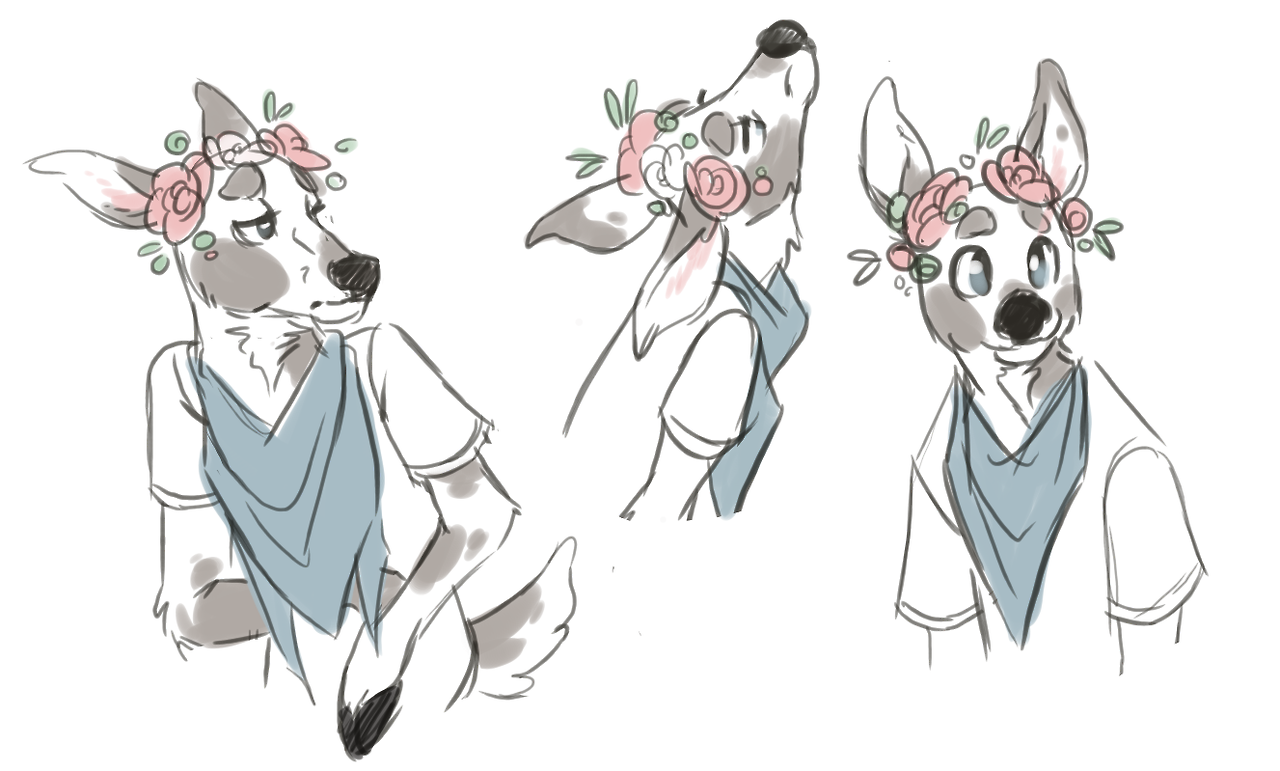
Deer Fursona
Illustration by tawnaduncan via tumblr
#3. Squirrel
Making their video game debut in Conker’s Bad Fur Day for the Nintendo 64, squirrely belong to the same family of animals as chipmunks and prairie dogs. You can see a whole catalog of other squirrely characters throughout time, but for some reason, they are still underrepresented within the furry fandom. You got the classics like The Nut Job, Ice Age, The Nut Job 2 Nutty By Nature, Secret Life of Pets and with The Nut Job 3 supposedly in the works, there’s just no telling what the future could look like for Squirrels in the furry fandom. We’re joking of course, but this is likely why there aren’t that many squirrel fursonas, making up less than 1% of fursonas, there’s just not many good examples of squirrels for people to base their fursona off of.
Luckily, we’re here to help. Squirrels typically have slender bodies with large eyes and a long bushy tail. This tail assists them with their balance as they jump from tree to tree. For the mostly tree-dwelling squirrels, they need great eyesight so that they can see where they are jumping. Like most rodents, they have large incisors (front teeth) for gnawing and can stuff their cheeks to store food. Squirrels can be both ground-dwelling and tree dwelling, the ground-dwelling squirrels being more sociable than the tree dwelling ones, who tend to take to more solitary lifestyles.

Squirrel Fursona
Illustration by User via Pinterest
#2. Ferret
Unlike a lot of the entries on this list, it’s hard to find a good example of a beloved ferret in cartoons. The best we could find was Scorch from 101 Dalmatians from like 60 years ago or with a bit of a stretch you could argue that the new Disney / Pixar film Turning Red is technically about a ferret because red pandas are closer to a species of ferret than they are bears, but that can get a little bit messy. Point is, there is no clear example of ferrets in mainstream TV, why is this?
Just to clarify, there (probably) isn’t some personal vendetta against ferrets by corporations, ferrets just don’t have very distinct qualities that would make you go “hey, that’s like a ferret”, or at least not to the unobservant eye. For one, they are not rodents, they belong to the weasel family with animals like stoats, polecats and ermines. They also aren’t recently domesticated animals, evidence shows that they have been domesticated for the past 2500 years and were used to hunt rabbits and rodents. Even in recent history, like the Second World War, they’ve been used to protect grain storage from small mammals. The name ferret derives from the Latin word furittus which means “little thief” which was likely given to them because of their habit of secretly hiding away small items.
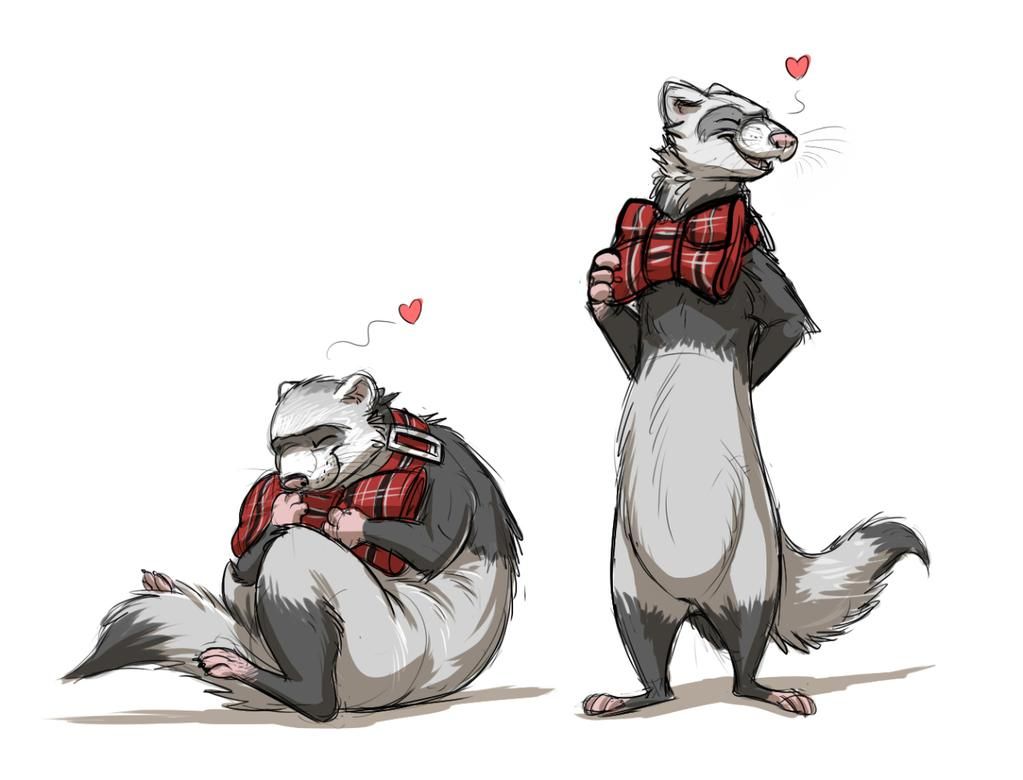
Ferret Fursona
Illustration by 

#1. Insect
This one’s probably not a surprise to a lot of you, because let’s face it, insects are a hard sell. There’s no shame in having an insect as your fursona, but it’s easy to see why many don’t opt for them as their first choice. They’ve seen some limelight here and there like Kung Fu Panda’s Mantis or for some reason the late 90s to 2000s obsession with ants (A Bug’s Life, Antz, Ant Bully, like seriously, why are these so many ant movies) and they’re by no means unoriginal, but, they lack that furry factor. Aside from all the more reptilian furries, fursonas are predominantly physically furry characters most of the time with traits or features that resemble human qualities. They’re personable. Insects on the other hand are small, commonly feared and harder to observe than most animals.
However, it would be unfair to not shed some light on what it takes to be an insect, so here goes. An insect is most often identified by the fact that it has six legs and three body sections (head, thorax and abdomen). Just these qualities alone encompass hundreds of thousands, if not millions of different insects, from bees, to beetles, to butterflies. Look at any pokemon game for a good example of the hundreds of “bug type” creatures like Vespiqueen or Butterfree. Most insects live in colonies of the same insect like a nest of ants or a hive of bees likely because of their size and the threat they face when caught on their own.
If you want good examples of how to make an insect fursona, DeviantArt has a whole catalog of amazing artwork that can get you inspired. It’s definitely possible to pull off an insect fursona with a little bit of creativity.
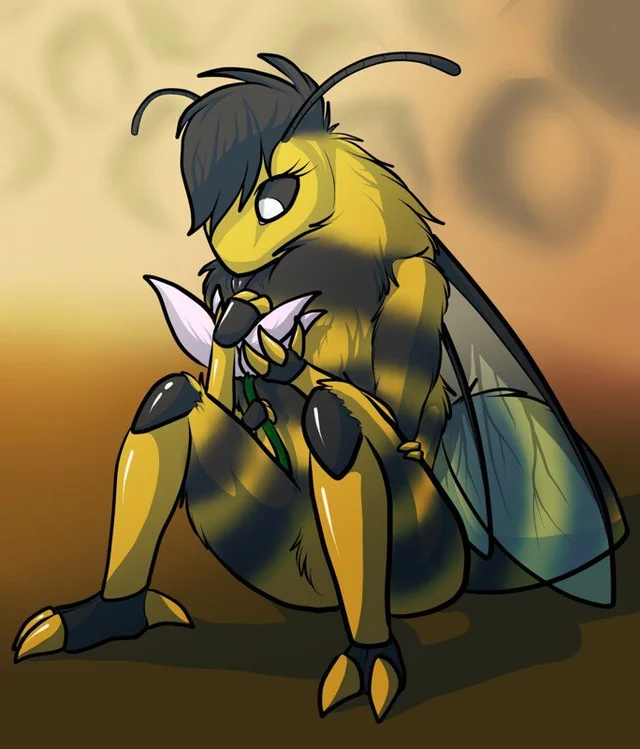
Bee Fursona
Illustration by PheonixBat via Furaffinity
What If My Fursona’s Species Isn’t Unique?
Hopefully by now, you have a better gauge of the number of options you have when making a fursona. Even within these species, there are thousands of sub-species and breeds of animals that the list could just go on and on. Or maybe you’re overwhelmed for this exact same reason, so many options to choose from, and not enough time or creativity to execute all of them. That’s okay. There’s no shame in having any animal as your fursona, whether it be a wolf or an insect, after all, wolves are one of the most popular fursonas for a reason. Also, the most popular furry type is hybrid, because people struggle to decide on just one species and at the end of the day, your fursona is yours, you don’t have to make it to appease anyone but yourself.



